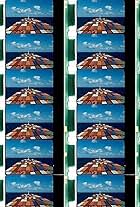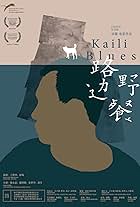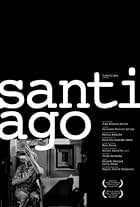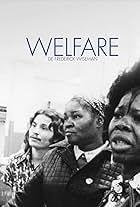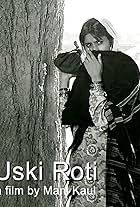Before becoming the famous photographer and documentary maker he has been for decades now, Raymond Depardon had been a child. Yes, I know, this is no scoop, but the fact is that young Raymond was born into a family of farmers in Haute-Loire, an isolated region of France. His art took him to various places around the world until, ten years ago, he felt the urge to become a witness to those farmers'lives, values and family stories. Mario Ruspoli had done the same thing in the same region (the Lozère) with "Les inconnus de la terre" (1961). So why not him? All the more as he was a native son... But while roaming the world, notably falling in love with the desert, he had become estranged from the countryside of his childhood. Would he be able to give voice to these unknown heroes, who had been clinging to a rather unproductive land and had managed to survive and remain free? Well, there was no reason to be afraid, judging from this third part of the "Profils paysans" triptych. For, although the local people have no particular taste for the spoken language (they favor silence - or in a pinch monosyllables!), Depardon has a knack for bringing into the light what is lurking within them. His method could not be simpler: he just gives the interviewees ... time. He is not in a hurry (nor must we be) and, when the film ends, we finally know the protagonists like the back of our hand. Another good point is the director's choice of the 35mm format, the 2.35 aspect ratio and the Dolby sound mix. From the very first minute you get the feeling that this is no cheap movie and that the people you are going to meet are worth your attention. In the same respect, there are beautiful tracking shots following the winding roads of Auvergne and two melancholy pieces by French composer Gabriel Fauré.
In the end Depardon has reconciled with his childhood environment while the townspeople who see "La vie moderne" have with the countryside and its people they all too often disregard. A good deed indeed!





